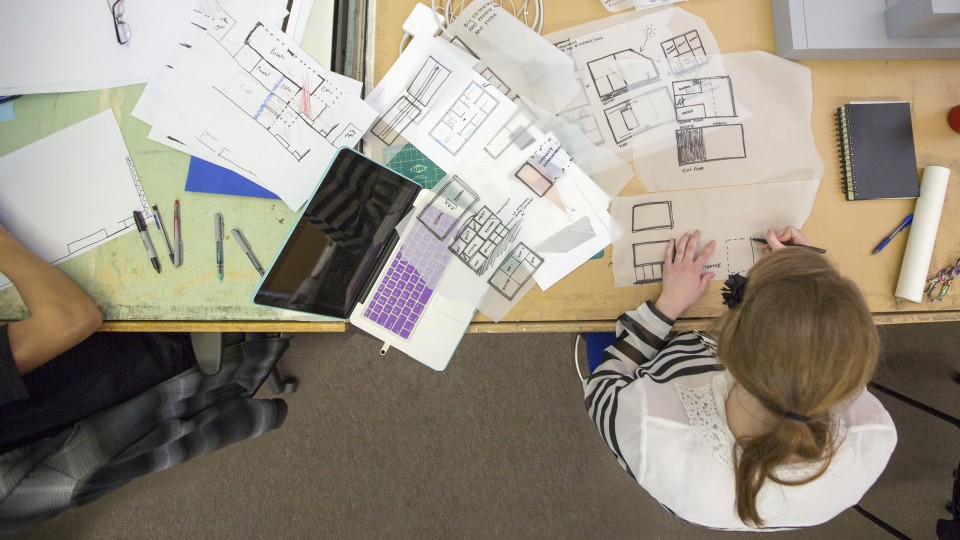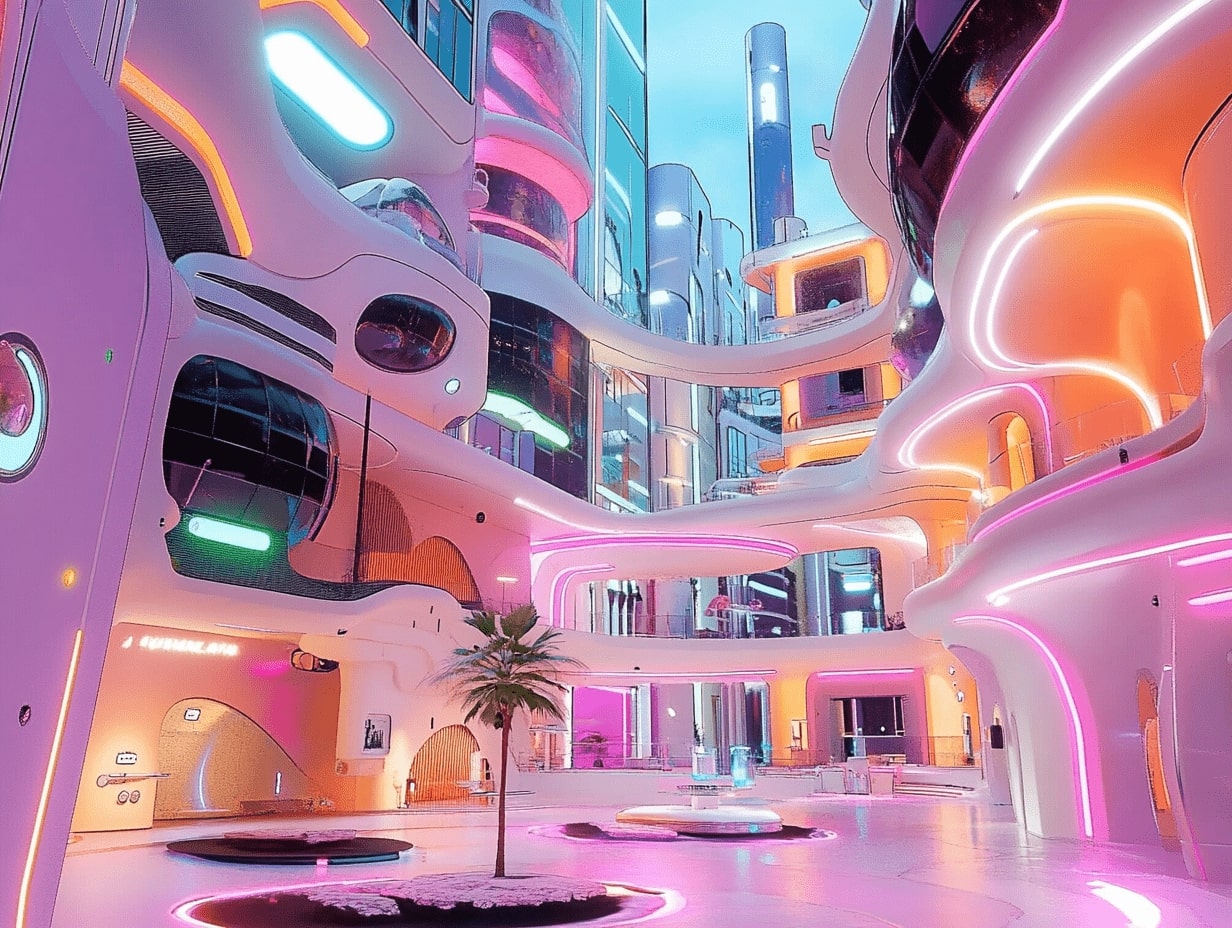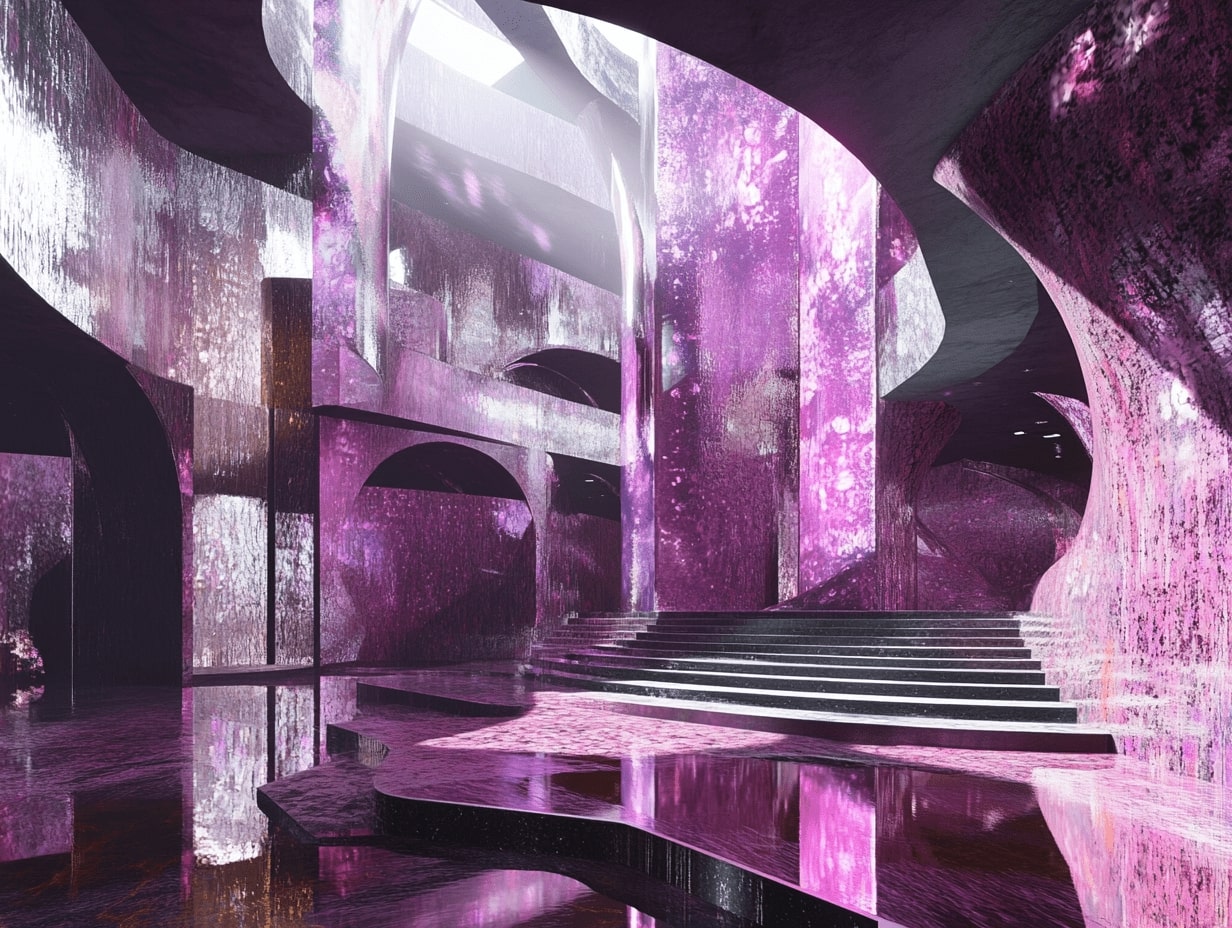- Home
- Articles
- Architectural Portfolio
- Architectral Presentation
- Inspirational Stories
- Architecture News
- Visualization
- BIM Industry
- Facade Design
- Parametric Design
- Career
- Landscape Architecture
- Construction
- Artificial Intelligence
- Sketching
- Design Softwares
- Diagrams
- Writing
- Architectural Tips
- Sustainability
- Courses
- Concept
- Technology
- History & Heritage
- Future of Architecture
- Guides & How-To
- Art & Culture
- Projects
- Interior Design
- Competitions
- Jobs
- Store
- Tools
- More
- Home
- Articles
- Architectural Portfolio
- Architectral Presentation
- Inspirational Stories
- Architecture News
- Visualization
- BIM Industry
- Facade Design
- Parametric Design
- Career
- Landscape Architecture
- Construction
- Artificial Intelligence
- Sketching
- Design Softwares
- Diagrams
- Writing
- Architectural Tips
- Sustainability
- Courses
- Concept
- Technology
- History & Heritage
- Future of Architecture
- Guides & How-To
- Art & Culture
- Projects
- Interior Design
- Competitions
- Jobs
- Store
- Tools
- More
Creating Metaverse Spaces
A network of virtual settings called the metaverse is primarily concerned with fostering social interaction. To develop online places for interaction, it makes use of blockchain, augmented reality, and permanent virtual worlds. Mobile internet and headgear for augmented and virtual reality make this possible.

A network of virtual settings called the metaverse is primarily concerned with fostering social interaction. To develop online places for interaction, it makes use of blockchain, augmented reality, and permanent virtual worlds. Mobile internet and headgear for augmented and virtual reality make this possible.
Metaverse Environment
The physical environment in which we live and carry out daily activities is called the physical environment. The virtual environment where interactions take place outside of these limitations is known as metaspace. More significant than how quickly someone achieves a goal in the physical world may be how actively each individual pursues that objective in the metaspace. For instance, you can instantly communicate with your coworkers in a physical location through a 2D computer screen during an online call.

The interaction can be more immersive in the metaspace or metaverse, where people can also connect with their friends in 3D virtual surroundings. Incorporating virtual reality, augmented reality, 3D holographic avatars, and all other types of communication.
In the metaverse, users interact with one another using digital avatars while living in a virtual world. In the metaverse, they are able to lead parallel lives that resemble those in the real world.

In a three-dimensional environment, metaspace can recreate the existing world or it can create entirely new universes based on our wildest imaginations. Whether you engage with a physical area or not, it still existing there in the world. However, every space in the metaspace has a purpose for being there and a narrative to share. In the real world, architects must contend with a variety of constraints, including regulations, climate circumstances, structural stability, etc. In the metaverse, architects are allowed to break free of these limitations and design extraordinary spaces.
Create Metaverse Architectural Spaces
In the metaverse, there are no more laws, engineering, or even gravity; architecture is all about form. Architects can now use their imagination to create the fantastical universe. However, as the Metaverse takes shape, anyone can create a cosmos from nothing more than their imagination.

You should accept responsibility for creating quality spaces in the metaverse as architects. People should find the Metaverse to be so approachable and interesting that they frequent it frequently. Simply importing the real-world logic of real estate and trading into the virtual world undermines the metaverse’s enormous potential and runs the risk of re-creating the social and economic stratification that exists in the physical world. After all is said and done, the design of the spaces has the biggest impact on the metaverse.
The metaverse is already being built by organizations like Metaverse Architects, ILLUSSOR, Decentraland Architects, and well-known designers like ZHA and BIG. To improve the quality of life for its residents, real cities are advancing toward the metaverse.

By creating a three-dimensional image that surrounds people, users of the metaverse can have an immersive online experience. Without virtual reality, a crucial element of the metaverse, where users can experience both the digital and physical worlds in the same location, this experience would not be feasible. Users are drawn into an imagined universe during an immersive experience, allowing them to interact with and relate to their surroundings. It combines sound, technology, and images to create fantastic and captivating worlds. As architects, you should create this kind of spatial environment to users.
The Metaverse is a genuine virtual environment where actual events and spaces take place. It connects a number of important social and technological phenomena. The support of technologies like Virtual Reality (VR), Mixed Reality (MR), and Augmented Reality makes it feasible to experience Reality in the Metaverse (AR). These technologies are already used for real architecture. You can be familiar each of these potent technologies has made a significant contribution to the Metaverse’s current condition and, naturally, makes it very alluring to tech fans and specialists alike.
It is necessary to create spaces that will adapt to these technologies and to create architectural atmospheres such as architectural offices that have been pioneers in this field.
- 3D space design
- 3D virtual environments
- Architectural Metaverse Spaces
- Architectural Spaces
- augmented reality development
- create metaverse worlds
- Creating Metaverse Spaces
- custom metaverse solutions
- digital twin creation
- How to Create Metaverse Spaces
- immersive metaverse experiences
- interactive metaverse
- metaverse app development
- Metaverse Architectural Design
- Metaverse Architecture
- Metaverse Design
- metaverse development
- metaverse innovation
- metaverse platforms
- Metaverse Spaces
- Virtual reality spaces
- virtual spaces
- virtual world creation
Submit your architectural projects
Follow these steps for submission your project. Submission FormLatest Posts
The Evolution of Web Gaming: HTML5’s Place in the Industry
The gaming landscape has undergone a seismic transformation over the last few...
Exploring The Future of Architecture in the Metaverse: Trends and Innovations
Explore how the metaverse is revolutionizing architecture by liberating designs from physical...
Exploring Metaverse Architecture: Innovations & Future Trends in Digital Design
Explore the groundbreaking innovations in metaverse architecture as digital design transcends the...
Discovering New Horizons: Exploring Architecture in the Metaverse
Dive into the realm where architecture and technology intertwine in the metaverse....












Leave a comment